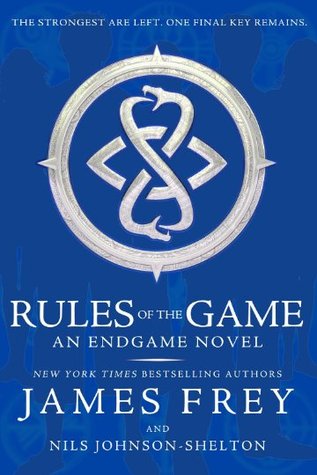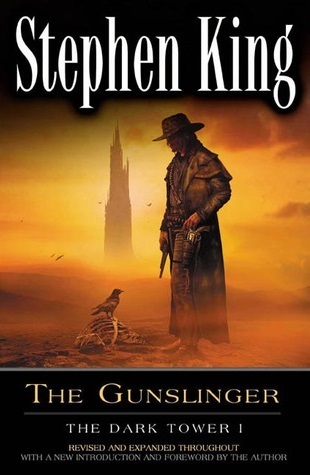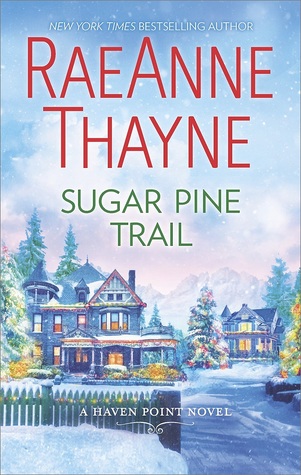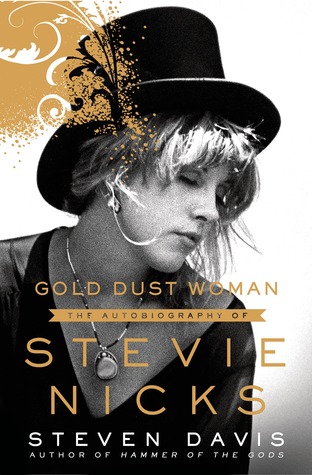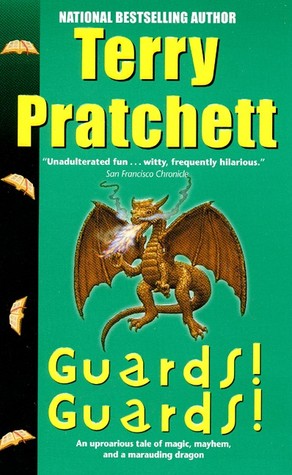I was so excited when I saw Haunted the Deep in the fiction section
of Blogging for Books. I love stories about the sea, and especially,stories
about the Titanic. I’ve seen just about every special was has aired regarding
all aspects of the luxury liner.
In this story, Samantha (Sam) Mather
lives with her father in Salem, Massachusetts. It’s time for the school’s
Spring Fling. The theme this year is the Titanic. Chosen not by the students or
most of the faculty, Mr. Wardell, an AP history teacher, chooses it because the
rest of the faculty can build lesson plans around it, thereby giving students
an immersive experience. It seems, to me, odd that a theme would be chose that ends
in tragedy rather than something light hearted.
A mysterious box containing a green velvet
dress arrives at Sam’s home. When Sam tries it on, she is immediately transported
to the ship’s desk. Sure a curse has been put upon her, Sam turns to a goth
clique called the Descendants, all direct descendants of witches that hanged in
Salem in the 1600s.
While not too deep, the book is
confusing in that there the reader must have read author Mather’s first book,
How to Hang a Witch, especially when a Revolutionary War-era ghost from the
first book keeps popping up. The reader also needed to know the relationship
between Sam and Jan, his mother and her father, Vivian the stepmother and
others---but those are fond in the first book.
The story lacked tension. While it
is labeled horror, there wasn’t much to be scared of. I was also disappointed
that there was far less of the Titanic than I had anticipated. For these
reasons Haunting the Deep gets 2 out of 5
stars in Julie’s world.










